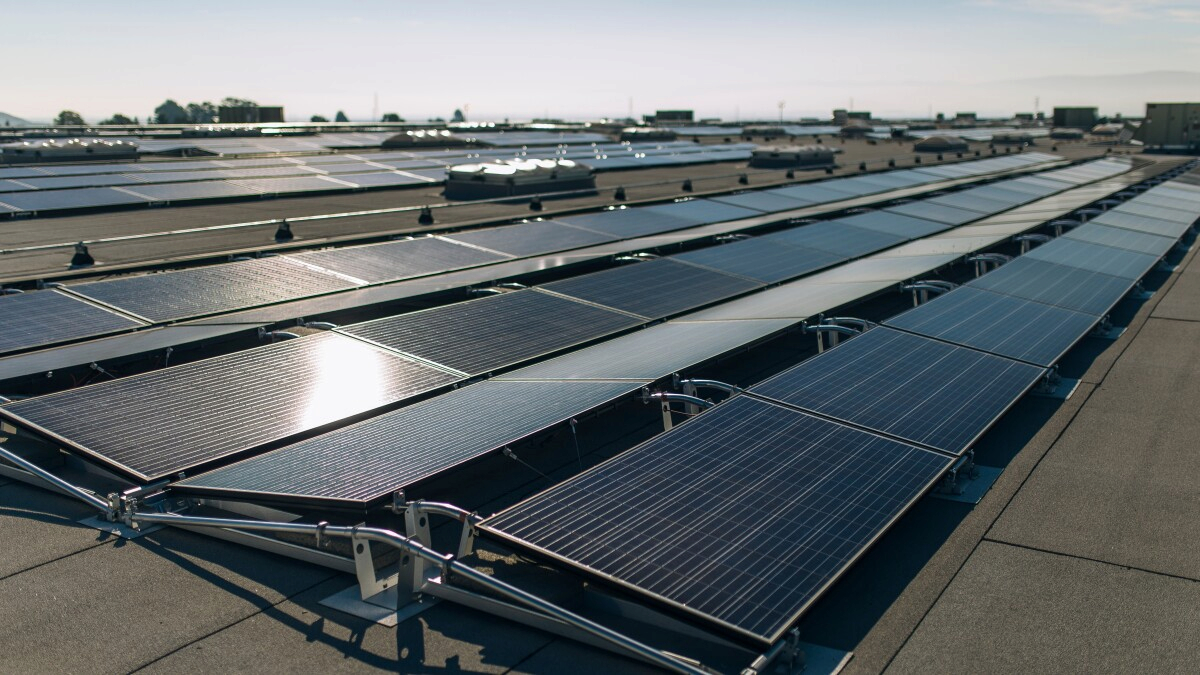|
Getting your Trinity Audio player ready...
|
Mesoscopic dye-sensitized solar cells (DSCs), often known as the renowned Grätzel cells, were developed in the 1990s by Brian O’Regan and Michael Grätzel. DSCs use photosensitizers to turn light into electricity. These are dyes that bind to light and inject electrons into a collection of oxide nanocrystals, where the electrons are then captured as an electric current. In DSCs, nanocrystalline mesoporous titanium dioxide sheets that have been ingested with redox-active electrolytes or a solid charge-transporting substance have photosensitizers attached (or “adsorbed”) to their surfaces. By directing electrons from the photosensitizer toward an electrical output, such as a device or storage unit, the overall design tries to produce electric power.
DSCs are already utilized in skylights, greenhouses, and glass facades, as those decorating the SwissTech Convention Center. They are translucent, can be produced in a variety of colors for a reasonable price, and are transparent. Additionally, portable electronic gadgets like headphones and e-readers as well as the Internet of Things can now use light from the environment to create electricity thanks to the commercial sale of lightweight flexible versions of DSCs. The performance of DSCs in solar sunlight and ambient light circumstances has improved as a result of recent improvements in photosensitizers and other DSC components. However, knowing and managing the arrangement of dye molecules on the surface of titanium dioxide nanoparticle films that encourage the production of electrical charge is the key to improving DSC efficiency.
Cosensitization is one technique that manufactures DSCs with two or more distinct dyes that exhibit complementary optical absorption. It is a chemical fabrication process. Because cosensitization may be used to combine dyes that can absorb light from across the whole light spectrum, it has pushed the power-conversion efficiencies of DSCs towards records-breaking levels. However, cosensitization has also occasionally shown to be inefficient because to the laborious molecular design, synthesis, and screening required to identify the ideal dye pairings that may achieve high light absorption and power conversion efficiency.
The packing of two newly created photosensitizer dye molecules can now be improved in order to improve the photovoltaic performance of the DSC, according to researchers from the EPFL groups of Grätzel and Anders Hagfeldt. The new photosensitizers can gather light quantitatively over the whole visible spectrum when used together. The novel method entails pre-adsorbing a monolayer of a hydroxamic acid derivative on titanium dioxide’s nanocrystalline mesoporous surface. This slows down the adsorption of the two sensitizers, allowing a layer of sensitizer to grow at the titanium dioxide surface that is well-ordered and densely packed.
Using this method, the team was able to create DSCs for the first time with a power conversion efficiency of 15.2% in typical worldwide simulated sunlight after testing their long-term operational stability for 500 hours. The power conversion efficiency was between 28.4% and 30.2% over a broad range of ambient light intensities with exceptional stability by extending the active surface to 2.8 cm2. Our findings “open the way for easy access to high-performance DSCs and offer excellent potential for applications like power supply and battery replacement for low-power electronic devices that utilise ambient light as their source of energy,” the authors write.


